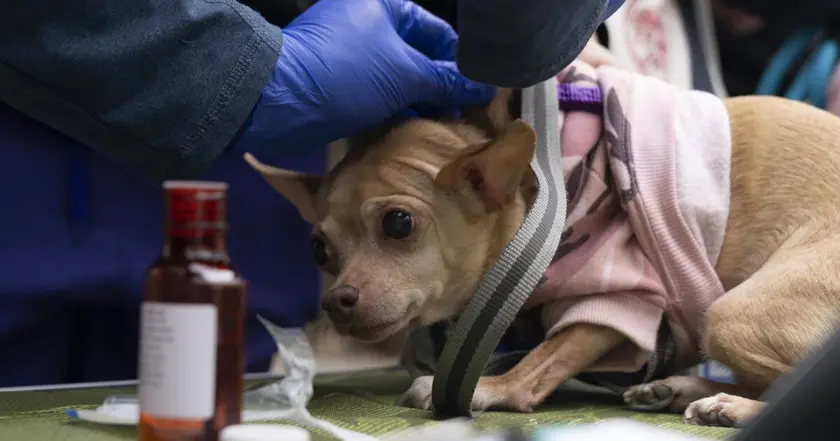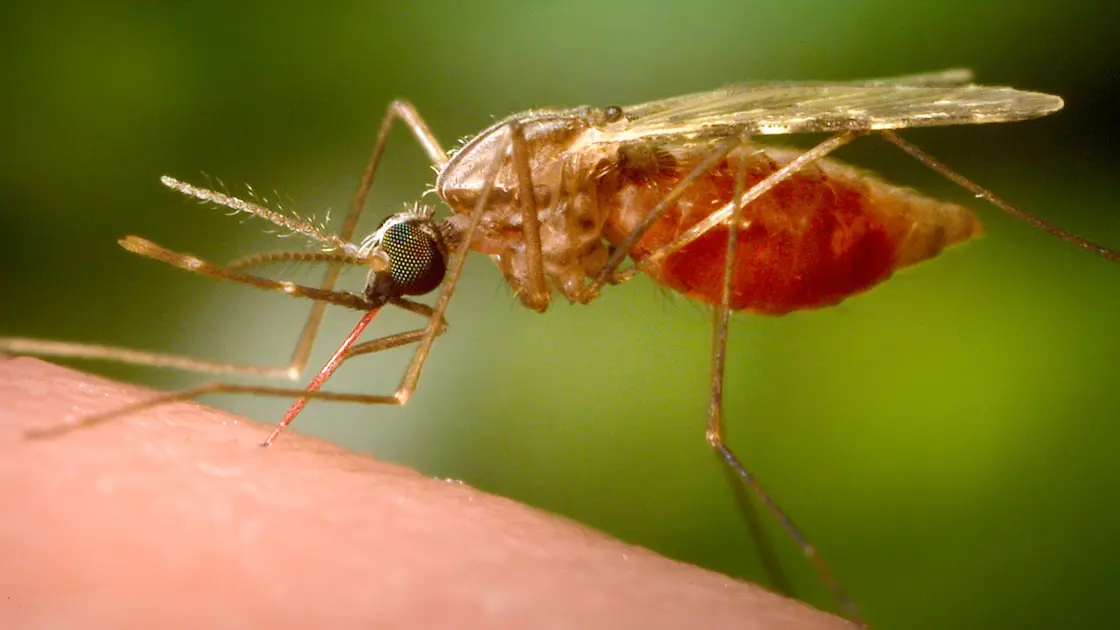T4K3.news
Flea-borne typhus cases rise in Southern California
Los Angeles County reports 79 cases of flea-borne typhus this year, with preventive measures endorsed by health officials.

Flea-borne typhus cases are on the rise in Los Angeles and Orange counties, particularly during late summer.
Rise in flea-borne typhus infections across Southern California
Flea-borne typhus infections are increasing in Southern California, with 79 confirmed cases reported this year in Los Angeles County alone. This illness is caused by Rickettsia typhi bacteria that can be spread through infected fleas found on animals like rats and opossums. While the condition occurs throughout the year in some areas, cases typically peak in late summer and fall. Among those infected, 75% have been hospitalized but have recovered. Public health experts urge residents to keep pets indoors and maintain a clean environment to prevent fleas from entering homes. The importance of avoiding contact with potential animal carriers, alongside swift action against symptoms, cannot be overstated.
Key Takeaways
"The rise in flea-borne typhus cases highlights a growing public health concern."
This statement captures the urgency of awareness around flea-borne diseases as urban wildlife increases.
"75% of those infected this year have required hospitalization but have recovered."
Highlighting the seriousness of the infection while noting that recovery is possible with medical care.
"People should keep their pets indoors and treat them with flea medication regularly."
This advice is crucial for preventing the disease in both pets and their owners.
"Timely medical attention is crucial for suspected cases of flea-borne typhus."
Stressing the importance of seeking help at the first signs of illness.
The rise in flea-borne typhus cases highlights a growing public health concern in urban environments. With urban areas drawing more wildlife into proximity with human habitats, the likelihood of disease transmission increases. This situation emphasizes the need for community awareness and preventive measures. Simple actions such as keeping food waste discarded properly and ensuring pets are treated for fleas can substantially mitigate the risk of infection. The connection between urban wildlife and human health cannot be ignored, prompting further investigation into how cities can adapt to this emerging threat.
Highlights
- Flea-borne typhus is a growing concern in urban areas.
- Prevention starts with awareness and simple actions.
- Urban wildlife poses a new threat to public health.
- Timely treatment can effectively manage flea-borne typhus.
Potential public health risks from increasing typhus cases
The rise in flea-borne typhus cases presents significant health risks for residents, particularly in urban areas prone to wildlife interaction. Failure to address this issue could lead to higher rates of infection and public health challenges.
Continued education and preventive strategies will be vital in controlling this trend.
Enjoyed this? Let your friends know!
Related News

COVID-19 cases increase in California

Hunger debate grows as Gaza malnutrition rises

Chikungunya virus cases surpass 7,000 in China

West Nile virus cases reported in multiple states

Investigation launched against California couple in surrogacy case

Maine reports first human case of Powassan virus this year

Chikungunya outbreak grows in Foshan

Young Americans face higher rectal cancer risk
